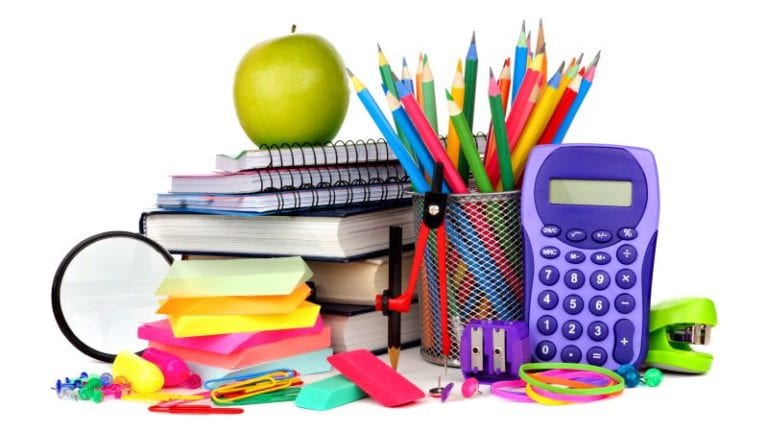By Anne Wujcik, Editor of EdNET Insight.
The new Harris Interactive survey of American attitudes about education was released this week. Respondents see effective teachers as central to student success, with nearly three-out-of-four (72%) citing recruiting and retaining highly qualified teachers as very important for improving student achievement in America’s public schools. Nearly two-out-of-three (64% also believe that a positive school atmosphere is very important to student achievement. While survey respondents across the board strongly ascribe to these two beliefs, the importance of increasing stakeholders’ – students, teachers and parents – satisfaction with their schools resonated most strongly among respondents with lower levels of education and income. Harris reports that Americans without college degrees (53%) are more likely than those with a degree (39%) to see increasing students’ satisfaction with their schools as very important; they are also more likely to rate parental satisfaction with their children’s schools as very important (47% and 33%, respectively). A similar pattern holds Americans earning under $35,000 and those earning more. Several explanations come to mind here, all speculative.
It may be that respondents with lower levels of income and education live in communities where the local schools are not performing well. These respondents, again possibly living in communities with less access to “outside” resources, see schools as a very important resource and would like to see improved user satisfaction with the product being delivered. Certainly not all the respondents in this group were parents, but many likely were. These parents may well hold heightened expectations for their children’s schools, seeing a solid education as an essential foundation for ensuring that their children do better than they have done educationally and economically.
Asked to assign a priority to potential solutions for recruiting and retain highly qualified teachers, more than half of the survey respondents said that the following things “must be done as one of the highest priorities.”
- Giving schools more ability to remove teachers who are not serving students well (73%)
- Using measurements of teacher effectiveness that are based in significant part on student growth (59%)
- Providing more or better opportunities for professional development for teachers (55%)
- Efforts by schools and districts to improve teachers’ job satisfaction (51%)
When asked to imagine a situation in which only one solution could be funded, 43% of respondents identified “giving schools more ability to remove teachers who are not serving students well” as their top selection, followed by 21% who selected “using measurements of teacher effectiveness that are based in significant part on student growth.” Support for removing ineffective teachers varied by age (61% of respondents who are 67 or older vs. 31% of those ages 18 to 35), party affiliation (53% of Republicans vs. 33% of Democrats) and if one is a parent. Parents (36%) were less likely to support this approach than those without children in grades K-12 (45%).
In terms of resources, half of all respondents said that too little money was being spent on the public schools in their community. Fifteen percent said too much money was being spent. Again being a parent and party affiliation has a strong impact. Parents (57%) were significantly more likely than adults without children in grades K-12 (48%) to rate overall school funding as too low. Democrats are more likely than Republicans to view school funding (63% vs. 39%) as too low, with independent voters in the middle at 46%.
Slightly fewer than half – 46% – of survey respondents said that teachers in their communities were paid too little versus 12% who said they were paid too much. Not surprisingly, Democrats, at 56%, were more likely than Republicans, at 39%, to view both teacher pay as too low, with independents again in the middle at 44%. It’s interesting to note, however, that the perception of teachers seen as under-paid (46%) is lower than in either 2009 (54%) or 2008 (59%), though the perception of teachers as over-paid (12%) – while small – was at its highest point on record.
Overall Americans continue to be supportive of American schools and teachers, but they are aware of the need for change. They want to be sure that classrooms are staffed with highly-qualified teachers and they seem to be increasingly willing to entertain strategies that challenge long-standing practices, like tenure. Parents seem to be somewhat more tolerant probably because they have the clearest view of just how difficult a teacher’s job is. But especially among groups that may not be well-served right now, they also look for improvements that would improve their satisfaction with schools. I often argue for the need for balance in our approach to education. All in all this seems to be a pretty balanced view.

